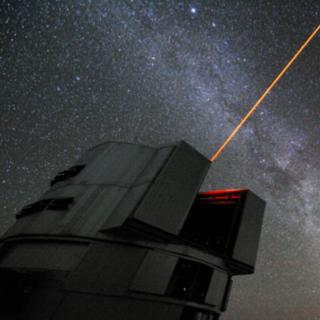Bibcode
Jensen, Jaclyn; Thomas, Guillaume; McConnachie, Alan W.; Starkenburg, Else; Malhan, Khyati; Navarro, Julio; Martin, Nicolas; Famaey, Benoit; Ibata, Rodrigo; Chapman, Scott; Cuillandre, Jean-Charles; Gwyn, Stephen
Referencia bibliográfica
Monthly Notices of the Royal Astronomical Society
Fecha de publicación:
10
2021
Número de citas
16
Número de citas referidas
16
Descripción
We examine the spatial clustering of blue horizontal branch (BHB) stars from the u-band of the Canada-France Imaging Survey (CFIS, a component of the Ultraviolet Near-Infrared Optical Northern Survey, or UNIONS). All major groupings of stars are associated with previously known satellites, and among these is NGC 5466, a distant (16 kpc) globular cluster. NGC 5466 reportedly possesses a long stellar stream, although no individual members of the stream have previously been identified. Using both BHBs and more numerous red giant branch stars cross-matched to Gaia Data Release 2, we identify extended tidal tails from NGC 5466 that are both spatially and kinematically coherent. Interestingly, we find that this stream does not follow the same path as the previous detection at large distances from the cluster. We trace the stream across 31° of sky and show that it exhibits a very strong distance gradient in the range 10 < Rhelio < 30 kpc. We compare our observations to simple dynamical models of the stream and find that they are able to broadly reproduce the overall path and kinematics. The fact that NGC 5466 is so distant, traces a wide range of Galactic distances, has an identified progenitor, and appears to have recently had an interaction with the Galaxy's disc makes it a unique test-case for dynamical modelling of the Milky Way.
Proyectos relacionados

Evolución Galáctica en el Grupo Local
La formación y evolución de galaxias es un problema fundamental en Astrofísica. Su estudio requiere “viajar atrás en el tiempo”, para lo cual hay dos enfoques complementarios. El mas extendido consiste en analizar las propiedades de las galaxias a diferentes distancias cosmológicas. Nuestro equipo se concentra en el otro enfoque, denominado
Emma
Fernández Alvar